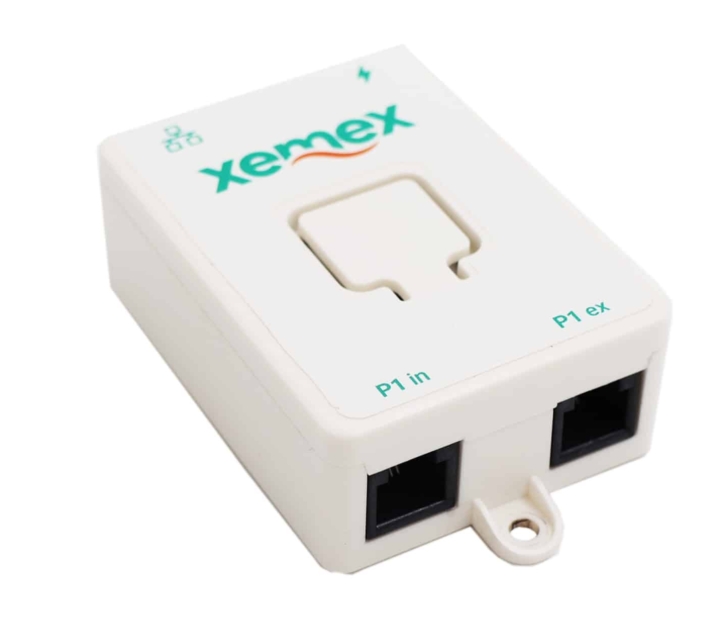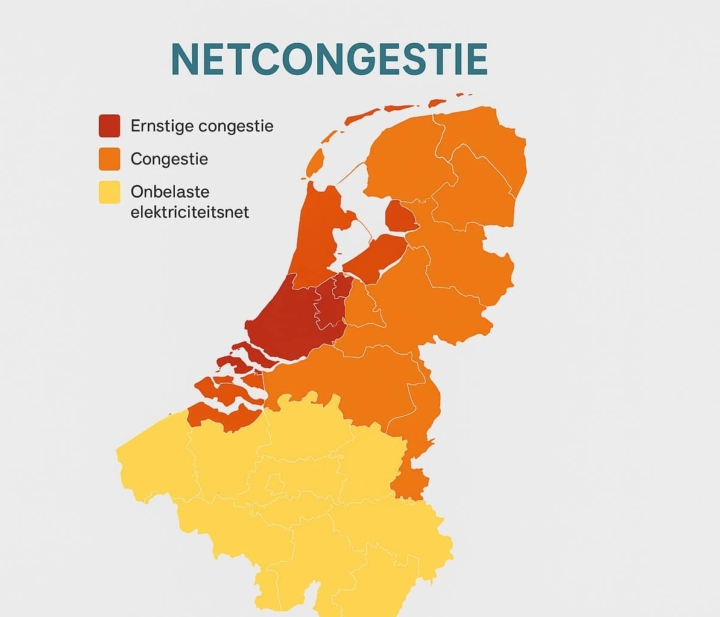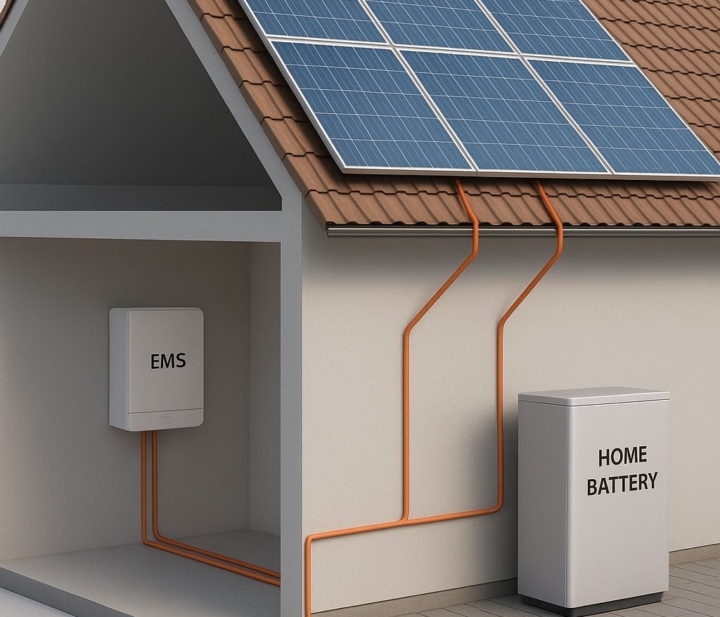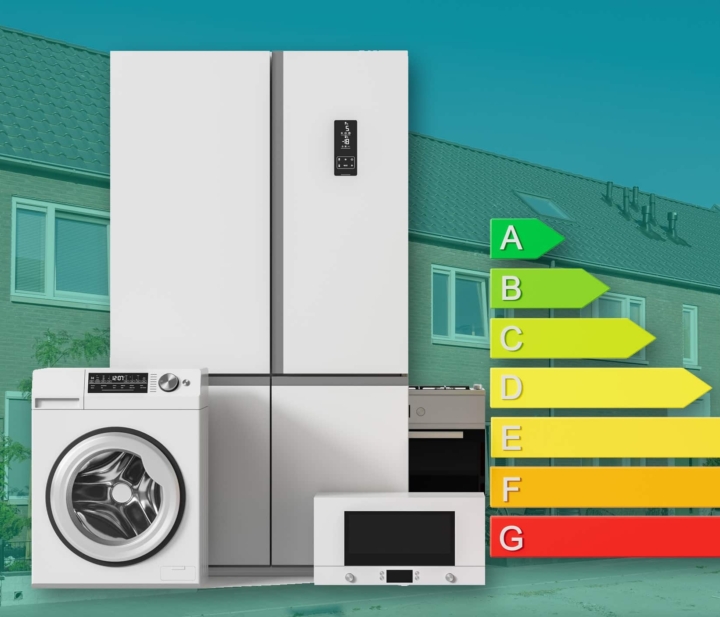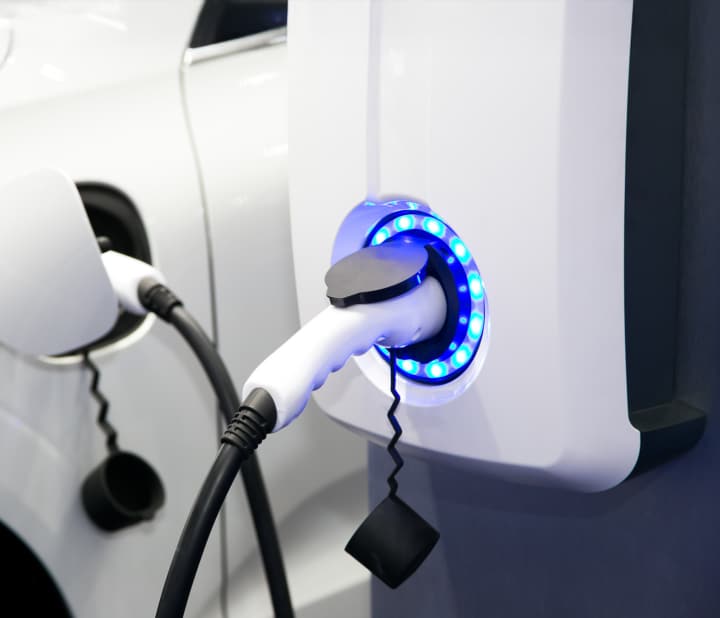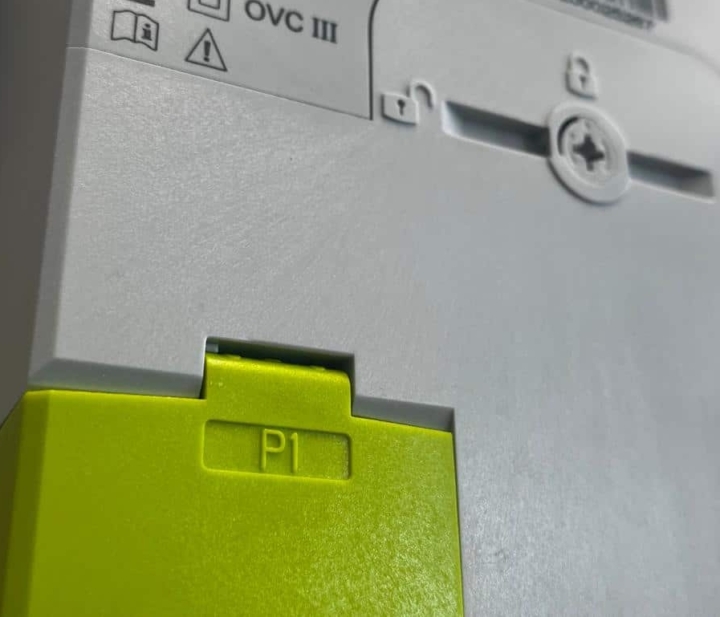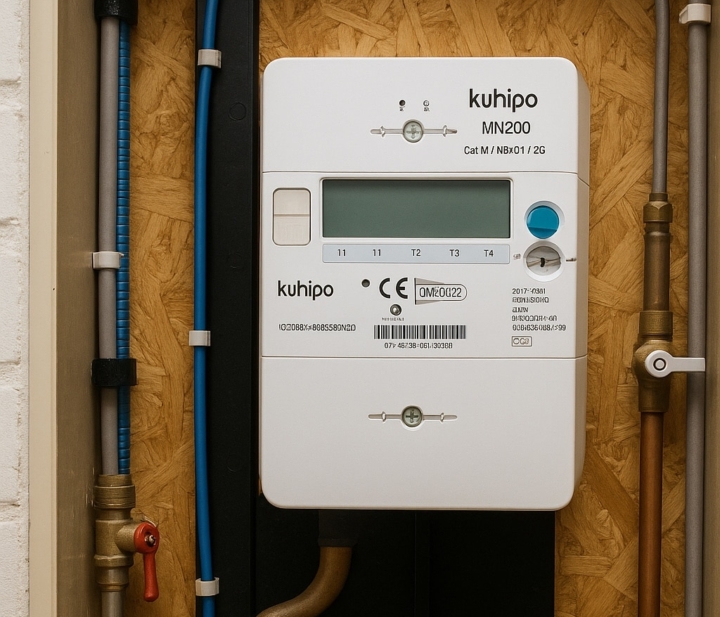Become energy independent with a smart home battery
The energy market is changing rapidly. Electricity prices fluctuate from hour to hour, the net-metering scheme is being phased out, and the electricity grid is increasingly under pressure. For households and businesses with solar panels, this means that feeding electricity back into the grid is not always profitable, and sometimes not even possible. As a result, the demand for smart ways to make better use of generated energy is growing significantly.

A solution gaining momentum: the home battery
A solution that is increasingly emerging is the home battery. By temporarily storing energy in a battery, you can use solar power when you need it, instead of sending it directly back to the grid. The result? Lower energy costs, more independence, and more efficient use of renewable energy. But what does this mean in practice, what technology is behind it, and how can a smart Energy Management System (EMS) help you get even more from your home battery?
Why a home battery is becoming increasingly important
The role of the home battery is mainly driven by two major developments. First, the phase-out of the net-metering scheme in the Netherlands, which reduces the compensation you receive for electricity fed back into the grid. Second, the growing problems with grid congestion. During peak periods, the electricity grid simply cannot handle the enormous influx of solar power, making it difficult or even impossible to feed electricity back.
For many households, this means a large portion of their generated solar energy is lost. A home battery changes this: it captures the surplus and allows you to use it when it suits you. In this way, you not only retain control but also contribute to a more stable electricity grid.
What is a home battery?
A home battery—often also called a home storage system—is essentially a large, rechargeable battery connected to your solar panels and electrical panel. The system stores electricity when there is a surplus and supplies it when household demand exceeds production.
Most home batteries use lithium-ion technology, the same technology found in electric cars. Lithium iron phosphate (LiFePO4) is a common type due to its high safety and long lifespan. Capacities range from a few kilowatt-hours (kWh) for smaller homes to several tens of kWh for larger households or commercial applications.
How does a home battery work in practice?
The operation of a home battery revolves around smart switching between generation, storage, and consumption:
- During the day, with abundant sunlight: solar panels often generate more electricity than is immediately used. The surplus charges the battery instead of going to the grid.
- In the evening or on cloudy days: when demand exceeds production, the battery supplies electricity back to the home.
- With dynamic contracts: smart batteries charge during cheap off-peak hours and discharge when rates peak.
A crucial component in this process is the inverter, which converts the battery’s direct current (DC) into alternating current (AC) usable in your home.
What battery capacity do you need?
Estimating the right capacity is essential. The table below provides guidance based on the number of solar panels and annual consumption:
| Number of panels | Annual generation (kWh) | Recommended battery size (kWh) | Self-consumption after installation |
|---|---|---|---|
| 6–8 panels | 2,000 – 3,000 | 4 – 6 kWh | ± 55% |
| 10–12 panels | 3,500 – 4,500 | 6 – 10 kWh | ± 60–65% |
| 14–16 panels | 5,000 – 6,500 | 10 – 15 kWh | ± 65–70% |
| 20+ panels | >7,000 | 15+ kWh | ± 70%+ |
Example: If you have 12 panels generating 4,000 kWh per year and you use half during the day, 2,000 kWh remains. An 8 kWh battery is ideal: large enough to store the surplus but not so large that capacity goes unused.
Payback period and savings
A home battery is most beneficial if you can use much of your self-generated electricity and avoid feed-in penalties or low compensation rates. Example calculations:
| Battery capacity | Total investment (avg.) | Annual savings | Payback period |
|---|---|---|---|
| 5 kWh | €5,000 – €7,000 | ± €250 – €350 | 16 – 20 years |
| 8 kWh | €7,000 – €9,000 | ± €350 – €500 | 15 – 18 years |
| 12 kWh | €10,000 – €13,000 | ± €500 – €700 | 15 – 17 years |
The exact payback depends on:
- electricity price trends,
- feed-in compensation rates,
- your consumption pattern,
- whether you have a dynamic contract where your battery reacts to off-peak and peak hours.
Capacity: which size suits your situation?
Choosing the right battery capacity is crucial for a profitable investment. Too small, and you still feed a lot back to the grid; too large, and the battery is underutilized.
Calculation example:
- An average household with 10 solar panels generates about 3,500 kWh per year.
- If you use half directly during the day, 1,750 kWh could be stored.
- Spread over a year, this equals about 4.8 kWh per day.
- A 5 kWh battery fits well. For larger families with more panels (e.g., 14 panels, ±5,000 kWh/year), an 8–10 kWh battery is often more logical.
Rule of thumb:
- 6–8 panels → 4–6 kWh battery
- 10–12 panels → 8–10 kWh battery
- 14+ panels → 12–15 kWh battery
With a well-matched capacity, you maximize solar usage and reduce feed-in.
How much does a home battery cost?
The cost varies by brand, capacity, and installation. On average, prices range from €4,000 to €10,000. A 5 kWh battery often costs €5,000–7,000, while larger 10–15 kWh systems can approach €10,000–15,000.
Payback usually ranges from 15 to 20 years, depending on your energy contract, consumption, and use of dynamic tariffs. While this may seem long, choosing a home battery often goes beyond financial returns, emphasizing independence, sustainability, and future-proofing.
Subsidies and incentives
- In the Netherlands, certain smart home batteries have a 0% VAT rate since 2024.
- Energy-saving loans for individuals and tax deductions (EIA) for businesses are available.
- In Flanders, various subsidies exist depending on capacity and installation conditions.
The problem a home battery solves
Without a battery, you are fully dependent on the grid. You feed electricity back when you don’t need it and buy it at high prices when you do. A home battery breaks this pattern. You can increase self-consumption up to 60%, avoid feed-in penalties, and take full advantage of dynamic tariffs.
Additionally, you contribute to relieving the electricity grid. By locally storing generation peaks, you help reduce congestion—a growing challenge for grid operators.
The role of Xemex and EMS
A home battery is already valuable, but real intelligence emerges only with an Energy Management System (EMS).
At Xemex, we provide flexible, scalable solutions connecting batteries with solar panels, heat pumps, EV chargers, and the electricity grid. Our EMS ensures all components work in harmony.
- Flexible and scalable: suitable for both small homes and large commercial installations.
- Compatible: our gateways and converters work with various brands and devices.
- Transparent and customer-focused: our cloud platform gives insight into consumption, storage, and feed-in.
Imagine your battery charging during cheap off-peak hours, your car charging intelligently when solar energy is available, and your heat pump running only during low-tariff periods. With Xemex EMS, this is not future talk but daily practice.
How Xemex EMS increases value
With just a battery, savings are about ±20% of your energy bill. A smart EMS can increase this to 30–40%, by:
- charging the battery when electricity is cheap,
- automatically managing devices like heat pumps and EV chargers,
- using data insights to better align consumption with production.
In short, an EMS makes your battery smarter and shortens the payback period.
Pros and cons of a home battery
It’s important to consider the downsides. A home battery is a significant investment with a relatively long payback. About 10% of energy is lost in storage and discharge, and battery production requires scarce resources like lithium and cobalt. Full independence is not possible—grid connection is still necessary during dark winter days.
On the other hand, the benefits are compelling. You increase self-consumption, lower your energy bill, and are less dependent on volatile market prices. You contribute to a more sustainable energy system, and your home becomes future-ready. Combining your battery with a smart EMS like Xemex makes energy management not only more efficient but also predictable and transparent.
Conclusion
The home battery has quickly become a key element in the energy landscape. For households with solar panels, it means more control, independence, and a step toward real sustainability. For installers and energy companies, it offers opportunities to provide customers with future-proof solutions.
With Xemex, you get more than a battery—you get a complete ecosystem of smart energy solutions. Thanks to our flexible, scalable, and transparent technology, you can be confident that your energy management is ready for the challenges of tomorrow.
Always ready to start
Wondering what we can do for your organization? Contact Xemex and discuss your needs with our team. Together we will realize a solution that addresses your energy challenges and opens up new possibilities.
Burgemeester Burgerslaan 40
5245 NH 's-Hertogenbosch, The Netherlands
Metropoolstraat 11a
2900 Schoten; Belgium
